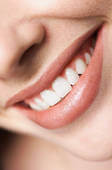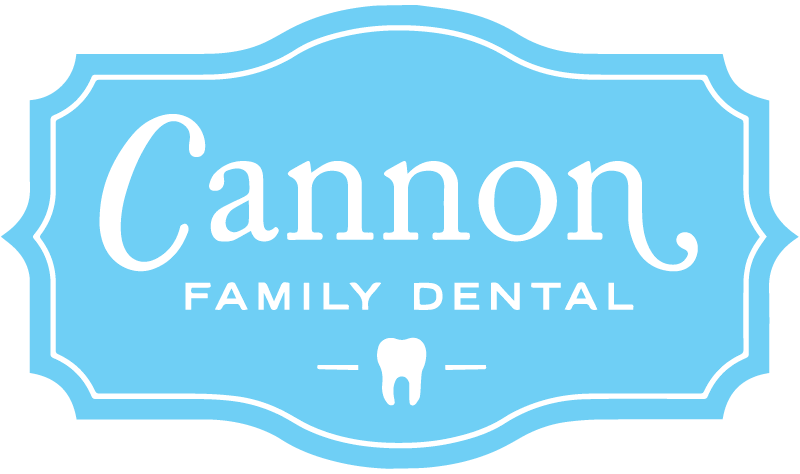I recently attended “The Worn Dentition” seminar, presented by Dr. Frank Spears and held in Scottsdale, Arizona. Having worked as a dentist for over 13 years in communities all along the Wasatch Front (Bountiful, Layton, South Ogden, and Brigham City), I have observed unhealthy tooth wear in all ages of people. I have seen some instances of tooth wear that are so severe that total and full-mouth rehabilitation was required in order to restore function and esthetics for the individual.
My observations caused me to reflect upon preventive measures. What can be done for a patient early on, before severe wear has left teeth sharp, jagged and broken down? What anatomic conditions make predicting grinding problems…more predictable?
The course was masterful. I would like to present a few interesting points from the seminar:
First: If a child grinds his or her teeth, is the child likely to continue grinding after replacing all primary (baby) teeth with adult teeth? Research shows that the child will probably grind his or her adult teeth. Grinding as a child is a predictor for adult grinding.
Second: Can something be done to protect a child’s teeth when they have some baby teeth and some adult teeth? Dentists call this stage the “mixed dentition”. It is recommended that a mouth appliance be worn at night by the child. The appliance must be replaced every few months, however, to avoid retarding the development or proper eruption and positioning of their teeth.
Third: If an individual has exerted enough force to wear down their natural teeth, will they also exert enough force to wear down restorative materials like bonded resins or porcelain crowns? The answer is a definite and resounding “YES”! The patient can wear down materials that dentists use to try to restore worn teeth. That is the subject and concern of dentists that attempt to restore such teeth.
This course was designed to present the critical points of identifying the different types of wear; create an appropriate plan to restore the teeth which takes into consideration the neuromuscular, bone anatomy of the jaw and skull, teeth positions, grinding habits of individuals; and takes into consideration the appropriate materials of choice for restoring the teeth of individuals who grind so that the reconstructed teeth will be beautiful, function well, and last.
Do you have chipped or flattened teeth? Do you have a spouse that has told you that they have heard you grinding as you sleep? I invite you to visit with me regarding the long-term outlook of your teeth. There are many different options available to help. If you suffer from temporal headaches, muscle pain of the jaw, or broken and chipped teeth, we can help. At Cannon Family Dental in Bountiful, Utah, we want your teeth to look great, feel great, and last throughout your lifetime.


